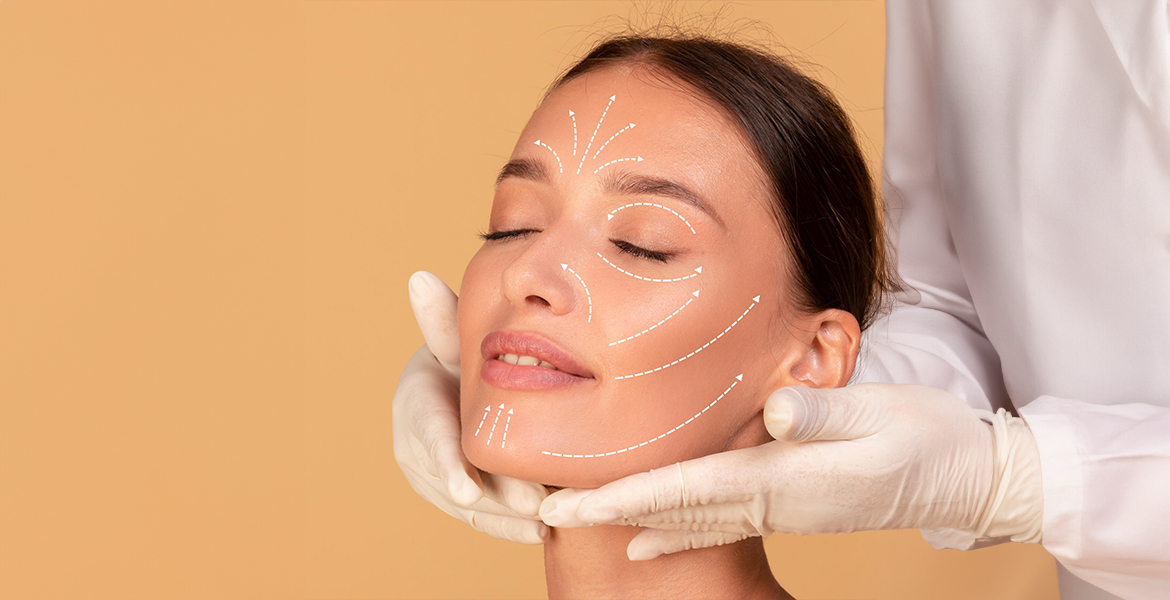Introduction: The Rise of Non-Surgical Rejuvenation
In an era where minimally invasive beauty solutions dominate, filler treatments have emerged as a cornerstone of aesthetic medicine in the US. With over 2.7 million filler procedures performed annually (American Society of Plastic Surgeons), these treatments offer immediate results for patients seeking to address wrinkles, volume loss, and facial asymmetry.
Understanding Filler Treatments: Beyond Cosmetic Enhancement
Filler treatments have evolved from simple volume replacement to sophisticated facial rejuvenation strategies. Modern fillers, such as hyaluronic acid (HA)-based formulations, work by restoring lost volume, stimulating collagen production, and improving skin texture. Key benefits include:
- Natural-Looking Results: Advanced HA fillers like JUVÉDERM® and Restylane® mimic the skin’s natural components, ensuring subtle enhancements.
- Precision Targeting: Micro-injection techniques allow practitioners to address specific concerns, from nasolabial folds to under-eye hollows.
- Longevity: Newer formulations offer results lasting 12–24 months, outperforming traditional fillers.
Treatment Types: Matching Solutions to Needs
1. Hyaluronic Acid Fillers
The gold standard in filler treatments, HA fillers dominate the market with over 70% of procedures. Brands like RHA Collection and Belotero stand out for their ability to adapt to facial movement, ideal for dynamic areas like the lips and marionette lines. Search trends show "hyaluronic acid fillers near me" consistently ranks among top queries, reflecting their popularity.
2. Poly-L-Lactic Acid (PLLA) Fillers
PLLA, found in Sculptra® Aesthetic, offers a gradual rejuvenation by stimulating collagen production. This makes it a preferred choice for patients seeking natural, long-term results. Studies show 85% of patients report improved skin elasticity 6 months post-treatment, aligning with searches for "long-lasting filler options."
3. Calcium Hydroxylapatite (CaHA) Fillers
CaHA fillers like Radiesse® are renowned for adding structure to the face, particularly in the cheeks and jawline. Their dual action—immediate volume plus collagen stimulation—caters to patients searching for "filler treatments for facial contouring."
Technological Innovations: Redefining the Treatment Experience
Modern filler procedures leverage cutting-edge technology to enhance safety and efficacy:
- AI-Driven Treatment Planning: Platforms like AEDIT use AI to simulate filler outcomes, allowing patients to visualize results before treatment. This addresses the top concern of "what will my filler results look like?"
- Vessel Mapping Technology: Devices like the AccuVein® system minimize risks by illuminating blood vessels, reducing the chance of complications—a key factor in searches for "safe filler treatments USA."
- Micro-Cannula Technique: This minimally invasive approach reduces bruising and downtime, appealing to patients seeking "filler treatment no downtime."
Target Demographics: Who Benefits Most?
Filler treatments cater to a diverse audience:
- Young Professionals (25–35): Focus on preventing early signs of aging with "prejuvenation" treatments like subtle lip enhancements or under-eye fillers.
- Mid-Career Adults (35–50): Address volume loss in the cheeks and nasolabial folds, often searching for "non-surgical face lift alternatives."
- Seniors (50+): Restore facial structure with deeper fillers, prioritizing "natural-looking results for mature skin."
Cost and Accessibility: Navigating Affordability
The average cost of filler treatments in the US ranges from $500 to $1,500 per syringe, with factors like provider expertise and location influencing pricing. Key trends include:
- Transparent Pricing Models: Clinics like SkinSpirit offer upfront cost calculators, addressing the popular query "how much do filler treatments cost?"
- Membership Programs: Practices such as Ideal Image provide monthly subscription plans, making fillers more accessible for "affordable filler treatments near me" seekers.
- Financing Options: Platforms like CareCredit enable patients to split costs, aligning with searches for "filler treatment financing."
Expert Insights: Choosing the Right Provider
Board-certified dermatologists and plastic surgeons recommend these steps:
- Verify Credentials: Ensure providers are certified by the American Board of Dermatology or ABPS, a top search criterion for "trusted filler doctors."
- Review Before/After Gallery: Look for consistent, natural results—over 60% of patients cite visual evidence as crucial.
- Consultation Focus: A thorough assessment should include skin type, medical history, and aesthetic goals, reflecting the importance of "personalized filler treatment plans."
Post-Treatment Care: Maximizing Results
To extend filler longevity and minimize risks:
- Avoid Sun Exposure: UV rays degrade HA fillers, so SPF 30+ is essential (search term: "filler aftercare sun protection").
- Skip Strenuous Activity: Wait 24–48 hours to prevent swelling, a common query in "filler treatment recovery tips."
- Follow Provider Instructions: 82% of patients who adhere to aftercare guidelines report better outcomes.
Conclusion: The Future of Filler Treatments
As technology continues to advance, filler treatments in the US are moving toward even more personalized, safe, and effective solutions. From AI-driven planning to bio-stimulating formulations, the landscape of "modern filler treatments" is evolving to meet the diverse needs of patients seeking natural, non-surgical rejuvenation. By understanding the latest options and working with qualified professionals, individuals can achieve transformative results while prioritizing safety and satisfaction.

